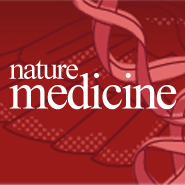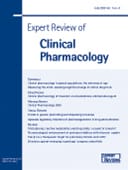
“Alzheimer’s disease (AD) is a neurodegenerative disorder characterized by neuroinflammation, extensive deposits of amyloid-β aggregates, and loss of memory and cognitive abilities. The brains of patients with AD show increased expression of cannabinoid receptor type 2 (CB2) receptors and glial markers. CB2 receptors act as a negative feedback regulator; when activated by a CB2agonist, they can help limit the extent of the neuroinflammatory response and the subsequent development of neuronal damage in the central nervous system. In a double transgenic APP/PS1 mice model of AD, we evaluated the effect of MDA7, a CB2 agonist, on several neuropathological conditions of AD including amyloid deposition, inflammatory reaction, Sox2 (sex-determining region Y-box 2) expression, and spatial memory. Activation of microglia CB2 receptors by MDA7 suppressed neuroinflammation, demonstrated by decreased immunosignal of Iba1 in the hippocampal CA1 and dentate gyrus (DG) areas, promoted clearance of amyloid plaques in the DG area, restored Sox2 expression, and promoted recovery of the neuronal synaptic plasticity in hippocampal CA1. In addition, treatment with MDA7 improved the behavioral performance in the Morris water maze in APP/PS1mice. Collectively, these findings suggest that MDA7 has a potential therapeutic effect in the setting of AD.”
https://www.ncbi.nlm.nih.gov/pubmed/28551012
http://www.sciencedirect.com/science/article/pii/S0014299917303758








